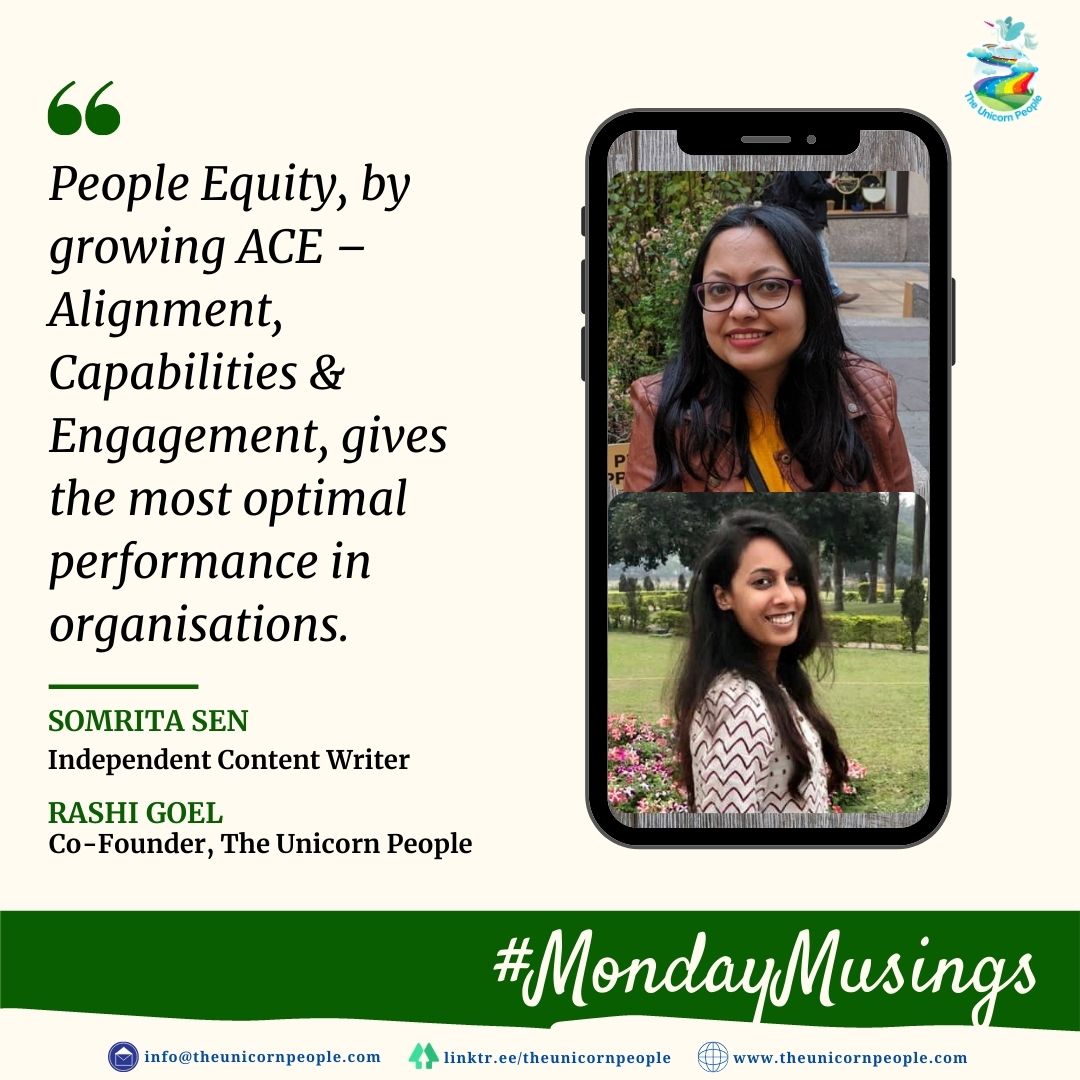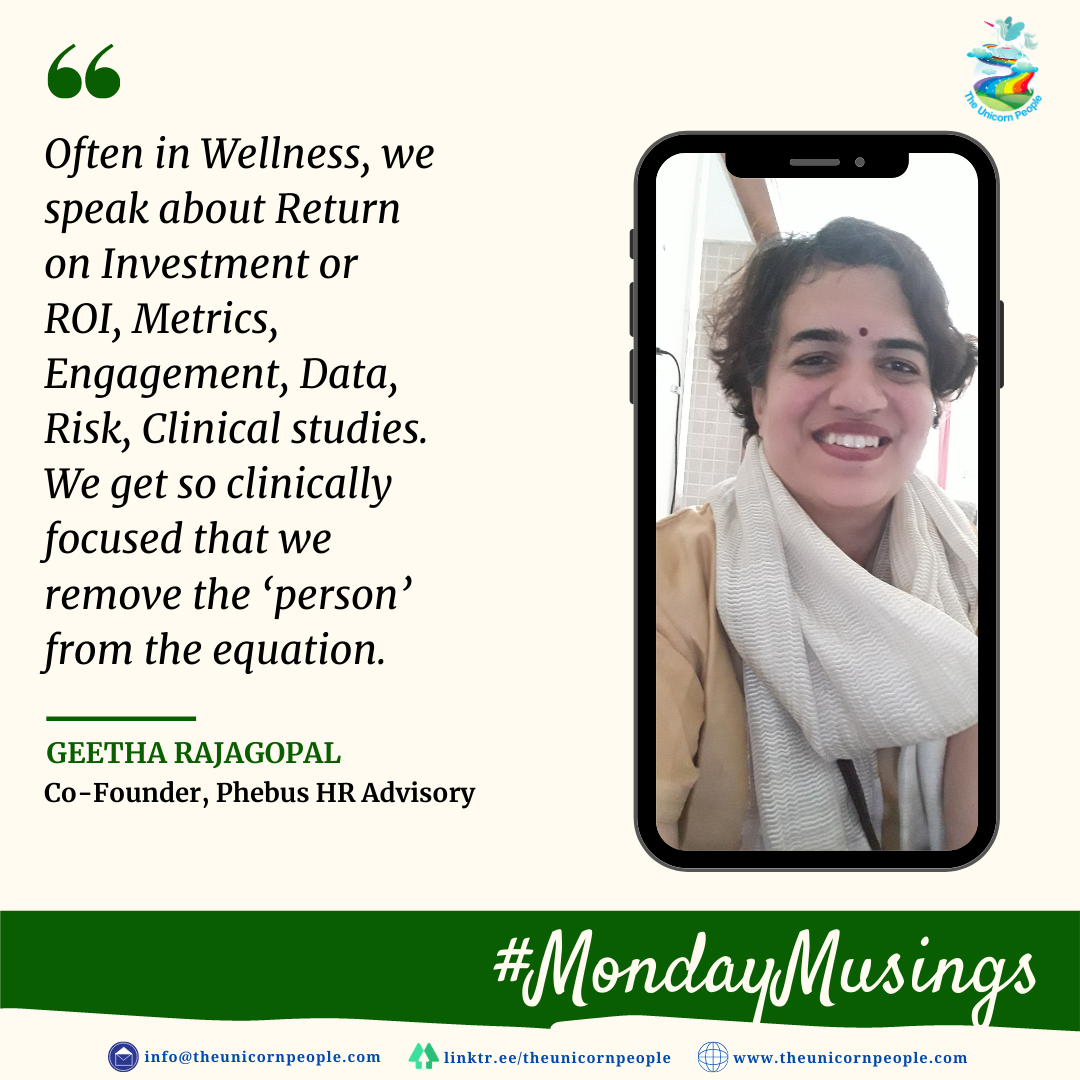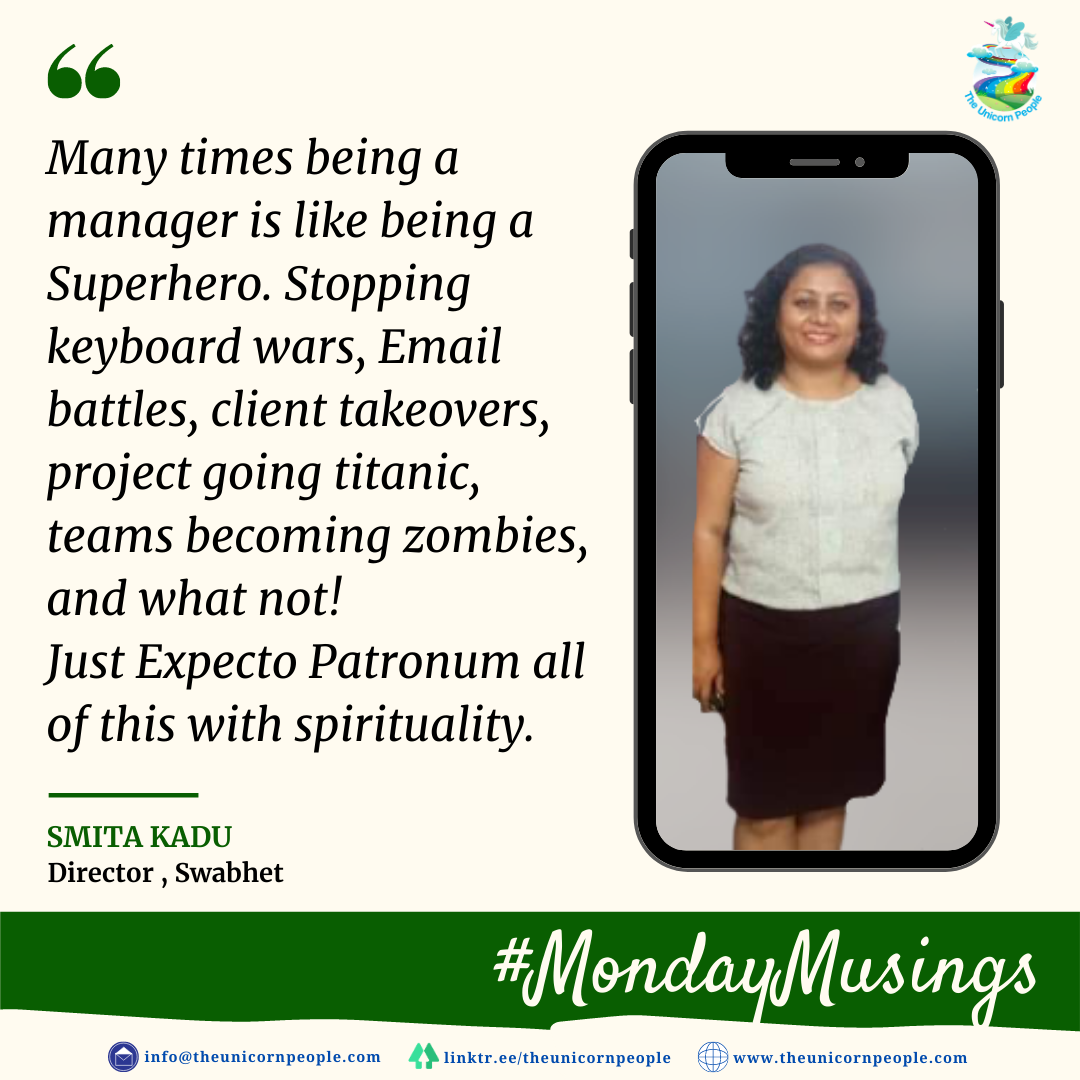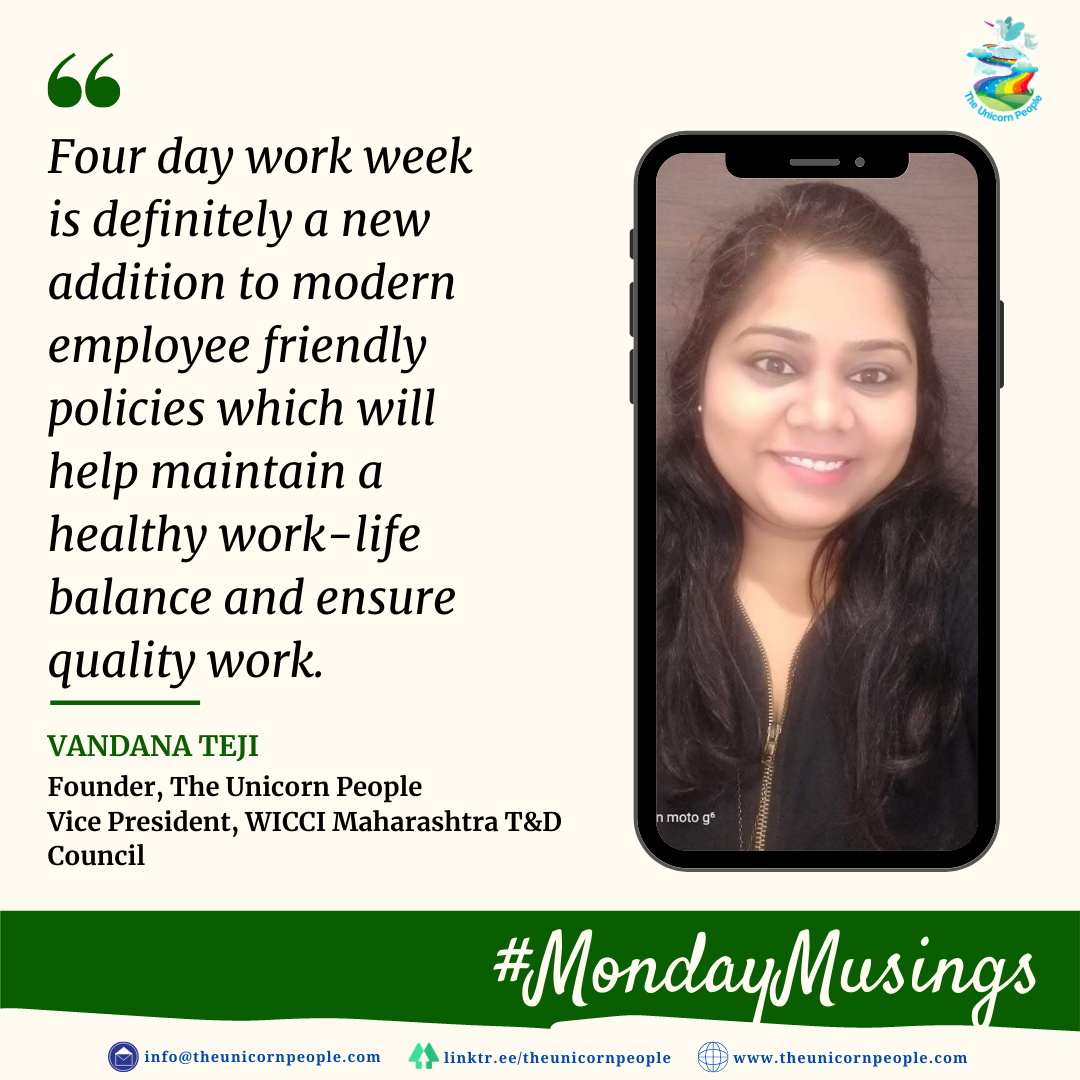Authors: Somrita Sen, Independent Content Writer and Rashi Goel, Co-Founder, The Unicorn People
“To win customers — and a bigger share of the marketplace — companies must first win the hearts and minds of their employees.” – State of the Global Workplace Gallup Report.
One of the buzzwords in today’s world of Human Resource Management is talent management. This is what all the big businesses are talking about out there and the small ones are trying to emulate. So the big question is what is talent management all about?
Talent management is the science of using strategic human resource planning to improve business value and to make it possible for companies and organisations to reach their goals. Everything done to recruit, retain, develop, reward and make people perform forms a part of talent management as well as strategic workforce planning. A talent-management strategy needs to link to business strategy to make sense. So basically, Talent management means the strategic and deliberate way in which organisation source, attract, select, develop, train, retain, promote and move the employees through the company. But the fact is that the word ‘talent’ is differently interpreted in various contexts, Organisations adopt the meanings as they think is fit for themselves. Research at CIPD has come up with the following observations —
- Talent consists of those individuals who can make a difference to organisational performance either through their immediate contribution or, in the longer-term, by demonstrating the highest levels of potential.
- Talent management is the systematic attraction, identification, development, engagement, retention and deployment of those individuals who are of particular value to an organisation, either in view of their ‘high potential’ for the future or because they are fulfilling business/operation-critical roles.
Talent Management as Workforce Management
Workforce Management is just another expression that is used for talent management. According to Chartered Institute of Personnel Development, “Workforce planning is a core process of human resource management that is shaped by organisational strategy and ensures the right numbers of people, with the right skills, are in the right place at the right time to deliver short- and long-term organisational objectives”
According to the Hay Group, strategic workforce planning (SWP) is integrating the workforce supply and demand analysis into the strategic planning cycle ensuring that the organisations have the ‘five rights’:
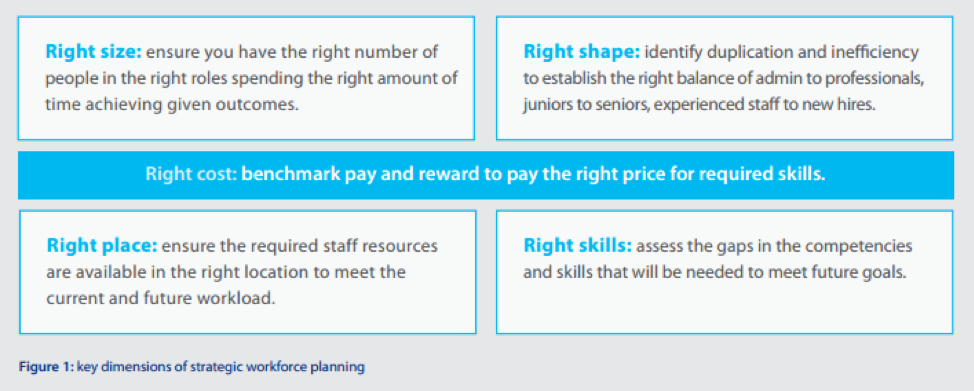
- Right Size
- Right Shape
- Right Place
- Right Skills
Features of Talent Management Strategy
Key issues when developing a talent management strategy include the following:
1. Alignment to corporate strategy: Ensuring that the talent strategy is closely aligned with the corporate strategy is a priority. Strategic analysis from the business perspective should feed into an HR forecast, which can help shape an organisation’s tailored approach to talent management.
2. Inclusive versus exclusive approaches: Some organisations adopt an inclusive approach to talent management creating a ‘whole workforce’ approach to engagement and talent development. Others develop a more exclusive focus segmenting talent according to need, that is, the talent management process specifically relates to key or high-potential individuals.
3. Involving the right people: Careful consideration needs to be paid to involving the right stakeholders in developing the talent management strategy and associated activities.
4. Participants: A key initial consideration for employers is how to select participants for formal talent schemes. Our research shows that the existence of structured selection processes serves to increase the perceived value of talent programs and the motivation of participants to perform. For those not selected, by contrast, the negative effects of being ‘passed over’ are not as detrimental as might be feared, particularly if individuals are provided with sensitive and practical feedback.
Managers: Visible senior-level support is a must, and a ‘talent panel’ is a useful means of ensuring the involvement of directors and senior management, especially when it has representation across the organisation. Line managers must take responsibility for managing performance and for identifying and developing talent in their own areas, but also need to be encouraged to see talent as a corporate rather than a local resource – see our factsheet on the HR role of line managers.
HR function: HR specialists have an important role to play in providing support and guidance in the design and development of approaches to talent management that will fit the needs of the organisation. Our research shows that HR is perceived as playing a critical role in facilitating talent pools and programs and in maintaining the momentum of such exercises.
5. Attracting talent: The ability to attract external talent depends upon how potential applicants view the organisation, the industry or sector in which it operates and whether they share the values of that organisation. The creation of an attractive employer brand is an important factor in recruiting external talent. More information can be found in our factsheet on this topic.
6. Developing talent: Talent development should be linked to other learning and development initiatives including both informal as well as formal learning interventions. Participants on talent management programs tend to value coaching, mentoring and networking particularly highly, especially according to our research, the opportunity to meet senior people in the organisation.
7. Managing talent: Investment in management and leadership development will positively impact on talent retention. The process of succession planning in particular helps many organisations in identifying and preparing future potential leaders to fill key positions, while secondments may also play a useful role.
People Equity, by growing ACE – Alignment, Capabilities & Engagement, gives the most optimal performance in organisations. When organisations have high ACE, they not only have high performance in the current but also a high potential for the future.
A famous quote from IBM, ‘Almost all of our assets walk out of our door every day, only to come back to work the next day’, sums up how important Talent Management is to any organisation in today’s competitive and dynamic business environment.

